Metatarsalgia: Physiotherapy Treatment
Table of Contents
What is metatarsalgia?
Metatarsalgia is a condition in which the ball of your foot becomes painful and inflamed. You might develop it if you participate in activities that involve running and jumping. There are other causes as well, including foot deformities and shoes that are too tight or too loose.
Defination:
Metatarsalgia is a painful condition that affects the ball of the foot. The metatarsals are bones that connect the toes to the ankles.
Which are the Cause of Metatarsalgia?
Following are the most common cause of Metatarsalgia as per below.
- Intense training or activity: Distance runners are at risk of metatarsalgia, primarily because the front of the foot absorbs significant force when a person runs. But anyone who participates in a high-impact sport is at risk, especially if your shoes fit poorly or are worn.
- Certain foot shapes: A high arch can put extra pressure on the metatarsals. So can having a second toe that’s longer than the big toe, which causes more weight than normal to be shifted to the second metatarsal head.
- Foot deformities: Wearing too-small shoes or high heels can cause your foot to be misshapen. A downward-curling toe (hammertoe) and swollen, painful bumps at the base of your big toes (bunions) can cause metatarsalgia.
- Excess weight: Because most of your body weight transfers to your forefoot when you move, extra pounds mean more pressure on your metatarsals. Losing weight might reduce or eliminate symptoms.
- Poorly fitting shoes: High heels, which transfer extra weight to the front of your foot, are a common cause of metatarsalgia in women. Shoes with a narrow toe box or athletic shoes that lack support and padding also can contribute to the problem.
- Stress fractures: Small breaks in the metatarsals or toe bones can be painful and change the way you put weight on your foot.
- Morton’s neuroma: This noncancerous growth of fibrous tissue around a nerve usually occurs between the third and fourth metatarsal heads. It causes symptoms that are similar to metatarsalgia and can also contribute to metatarsal stress.
- A short first metatarsal bone or a long second metatarsal bone
- Prominent metatarsal heads
- Tight toe extensors (muscles)
- Weak toe flexors (muscles)
- Hammertoe deformity
- Hypermobile first foot bone
- Tight Achilles tendon
Few Other Rare causes are:
- Excessive pronation (side-to-side movement of the foot when walking or running)
- Shoes that don’t fit well
- Being overweight
- Stress fractures in your toes or metatarsals
- Bunions
- Torn ligaments in your feet
Which Symptom’s are seen in Metatarsalgia?
In Metatarsalgia main symptom’s are Pain and tenderness at the end of one or more of the metatarsal bones. Those are the bones in the ball of your foot, closest to your toes. Other Related symptoms are :
- Joint subluxations,
- Flexor plate tears (a fibrocartilaginous structure that lies directly plantar to the lesser metatarsal heads and acts as a sesamoid-like mechanism for each lesser joint (MPJ) of the foot.
- Increased pain during the mid-stance and propulsion phases of walking as body weight is shifted forward onto the forefoot.
- Capsular impingemnt.
- Joint cartilage destruction (osteoarthrosis).
- Misaligned joints synovial impingement, with minimal if any heat and swelling (osteoarthritic synovitis).
- Metatarsophalangeal joint subluxation – May occur as a result of chronic inflammatory arthropathy, particularly rheumatoid arthritis (RA)
- Metatarsophalangeal joint pain – weight bearing and a sense of stiffness in the morning.
- Loss of metatarsal fat pad (usually cushions the stress between the metatarsals and interdigital nerves during walking) tends to move distally under the toes, causing interdigital neuralgia/Morton neuroma.
- To compensate for the loss of cushioning, adventitial calluses and bursae may develop.
- Coexisting rheumatoid nodules beneath or near the plantarflexed metatarsal heads may increase pain.
- The 2nd metatarsophalangeal joint is most commonly affected.
- Usually, inadequate 1st ray (1st cuneiform and 1st metatarsal) function results from excessive pronation (the foot rolling inward and the hindfoot turning outward or everted), often leading to capsulitis and hammer toe deformities.
- Overactivity of the anterior shin muscles in patients with pes cavus (high arch) and ankle equinus (shortened Achilles tendon that restricts ankle dorsiflexion) deformities tends to cause dorsal joint subluxations with retracted (clawed) digits and retrograde, increased submetatarsal head pressure and pain.
What are the Risk factors in metatarsalgia?
Factors that can contribute to metatarsalgia include :
- Footwear: Shoes that are too tight around the toes can cause pain, or high heels that add pressure to the ball of the foot as it is forced into a tight space.
- Obesity : The excess weight can put strain on the foot.
- Age: The pad of fat that protects the foot can get thinner with age, leading to metatarsalgia.
- High impact exercise: Running or playing high impact sports increases the risk, as the feet absorb large amounts of force.
- Shape of the foot and toes: Having a high arch or a second toe that is longer than the big toe can add to the pressure.
- Stress fractures: Small breaks in the toe bones can cause pain when pressure is applied.
- Stiff ankle: This can add pressure to the metatarsal bones.
Differential Diagnosis:
- Planter Fasciitis
- Morton’s Toe
- Systemic Arthtritis
- Metatarsal Stress Fracture
- Osteonecrosis of a lesser metatarsal head (Koehler’s disease), and neurological disorders (Morton’s neuroma).
How is Diagnosis done in Metatarsalgia?
- Various foot problems can cause symptoms similar to those of metatarsalgia. To help exact the source of your pain, your doctor will examine your foot while you stand and while you sit and ask about your lifestyle and activity level. You might need an X-ray to identify or rule out a stress fracture or other foot problems
- X-rays may help your doctor rule out other causes of forefoot pain. A bone scan can pinpoint places of inflammation.
- Ultrasound can help identify conditions such as bursitis or Morton’s neuroma that cause pain in the metatarsal area.
- The doctor may also ask for an MRI to look for causes of pain in your metatarsal and midfoot regions. These can include traumatic disorders, circulatory conditions, arthritis, neuroarthropathies, and conditions that cause biomechanical imbalance.
- The doctor may also do other tests and procedures to help make a diagnosis and figure out the proper treatment.
Treatment:
- Apply ice packs to the affected area for about 20 minutes at a time several times a day. To protect your skin, wrap the ice packs in a thin towel. Take an over-the-counter pain reliever. Try ibuprofen (Advil, Motrin IB, others), naproxen sodium (Aleve) or aspirin to reduce pain and inflammation.
Recovery:
- Once the pain is gone, you can increase stretching and strengthening exercises and gradually get back to normal activity. Try a low-impact type of exercise at first, like swimming.
Physiotherapy Treatment:
Calf-stretch exercise :
- Stand at an arm’s length away from a wall, placing your hands on it.
- Step forward with one foot, keeping the back heel on the floor with your knee straight.
- Hold the stretch for 30-60 seconds before switching legs.
Achilles tendon – Stretch
- Stand on a step, with your heels hanging off the edge.
- Slowly lower your heels until you feel the stretch, and hold for a few seconds.
- Lift your heels back up so that they’re level with the step.
- Repeat.
Ankle Toe Extension
- Sit in a chair, and cross the injured foot over your knee.
- Hold the ankle with your hand on the same side, and your toes in the opposite hand.
- Pull your toes towards you until it’s uncomfortable (but not painful).
- Hold for 5-10 seconds.
Ankle Flex
- Again, sit in a chair with the injured foot over your knee.
- This time, hold your ankle with the hand of the opposite side, and your toes with the hand of the same side.
- Pull your toes towards you until it’s uncomfortable.
- Hold for 5-10 seconds.
Toe towel-crunches
- Stand barefooted, with one foot in front standing on a towel.
- Maintain a slight bend in the leg that is touching the towel.
- Use your toes to scrunch up the towel, making sure that the rest of the foot does not leave the ground.
- Perform 3 sets of 15 scrunches per foot.
TENS : transcutaneous electrical nerve stimulation is an electrical modality that provides pain relief by providing pain modulation.TENS closes the gate mechanism at the anterior grey horn in the spinal cord. also stimulates endogenous opioid system which prevents the release of substance p at the anterior grey horn
Ultra Sound: Ultrasound is therapeutic modalities that generate ultrasound causes deep heat, provide micro-massage to soft tissue, increase flexibility, promotes healing of tissue as well as improve localized blood supply to the area. and ultimately pain relief.
HOT PACKS: Hot packs are packs that are immersed in the apparatus called hydrocollateral. they provide superficial moist heat.it relieves the muscle spasm, increasing blood circulation, and thus relieves the pain
CONTRAST BATH : contrast bath work works on the principle of the combined effect of heat and cold the part alternatively immersed in the hot and cold temperature of hot water ranges from 36cto45c and cold water from 15c -20c.
treatment begins with hot water and should end with cold water. treatment time varies between 15 to 30 minutes, with immersion in hot water around 3 minutes and in cold water around 1 minute.
it relieves the pain.

If there is swelling then the ice pack in elevation will be beneficial.
speedy ankle toes exercise reduces swelling and improves circulation under pressure with a leg in elevation
- metatarsal bar
- faradic foot bath with voluntary intrinsic exercise: low-frequency current used to re-educate lumbricals, plantar interossei,abductor hallucis.
- appropriate shoe size
- metatarsal pad
- shoe wedge
- gait training
ERGONOMICS:
- Rest. Protect your foot from further injury by not stressing it.
- Ice the affected area.
- Take an over-the-counter pain reliever.
- Wear proper shoes.
- Use metatarsal pads.
- Consider arch supports.

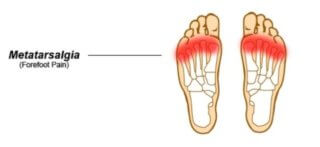
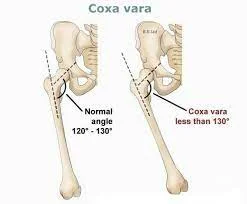

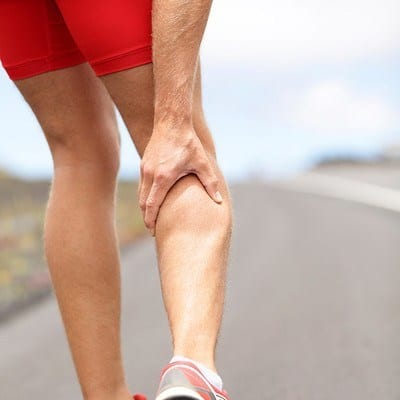
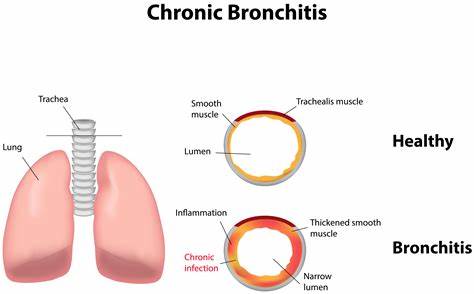
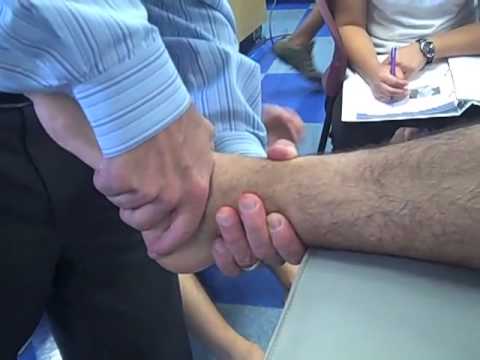
7 Comments